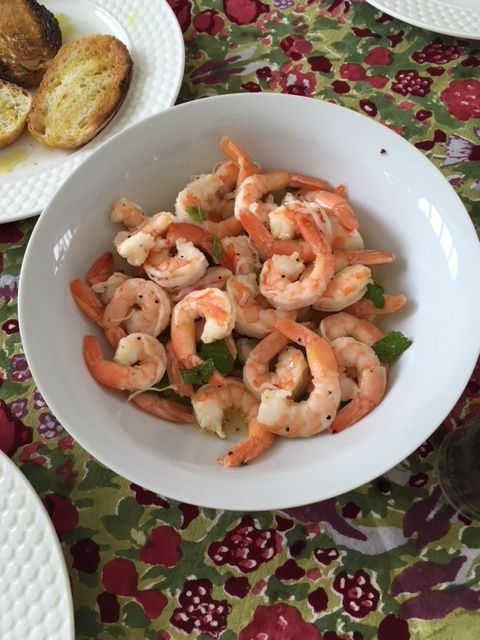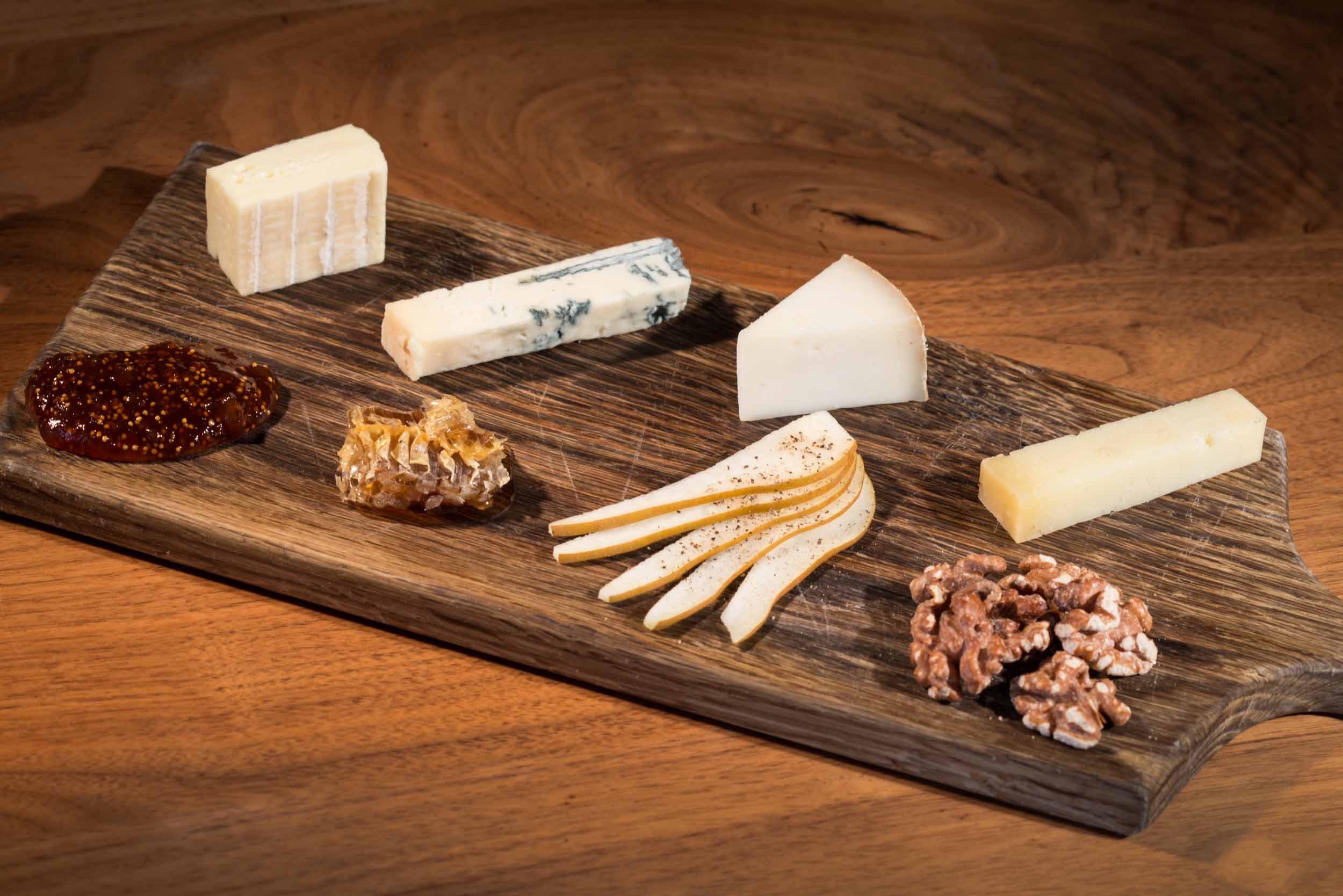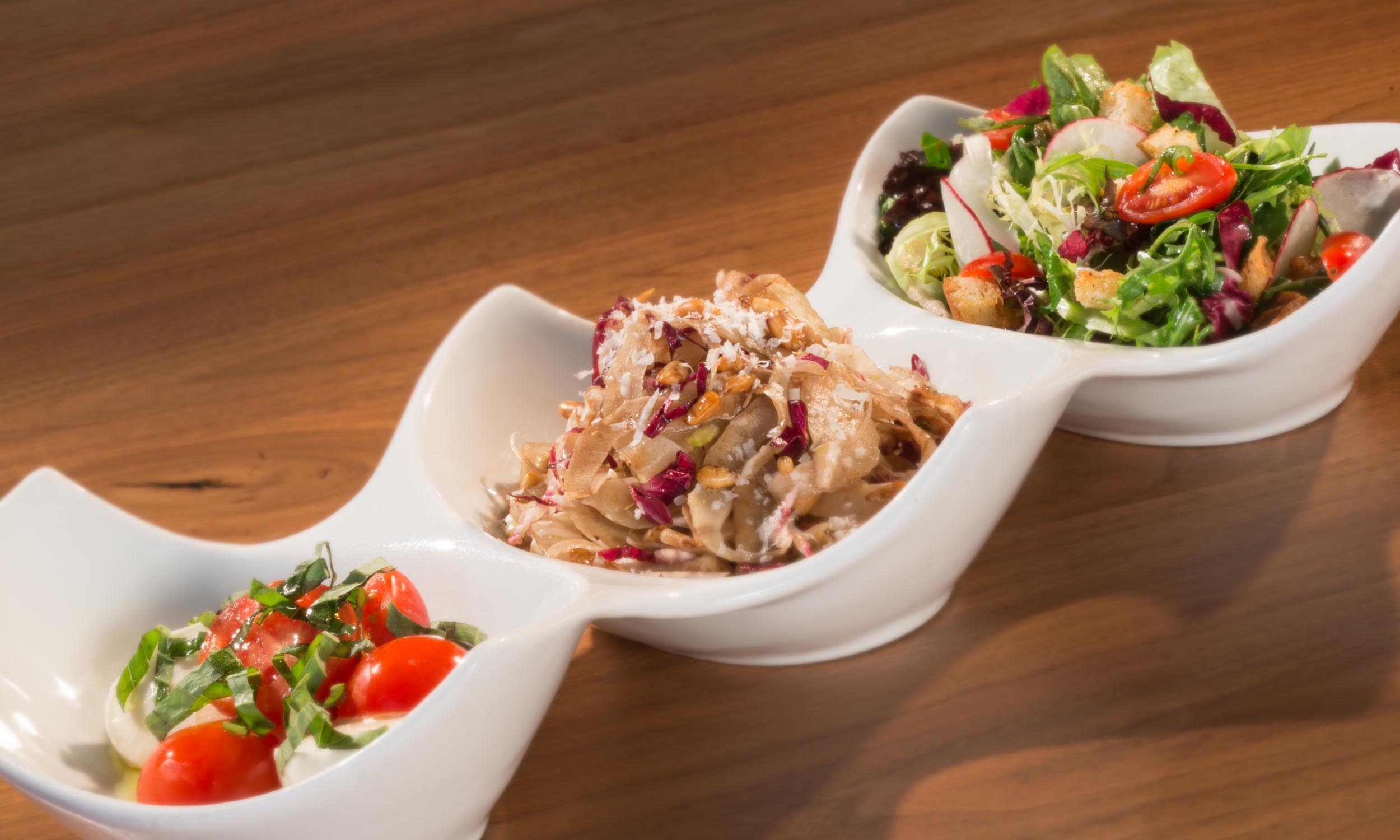A Ligurian Pasta
A market in Porto Venere, Liguria, selling pesto and trofie along with other local specialties
How many pasta shapes can you name? Spaghetti, linguine, tagliatelle, fettucine, farfalle, pici, pappardelle, fusilli, lasagna, and orzo all come to mind - and those are just some of the many solid pasta forms. In Italy, there is a seemingly endless variety of shapes and sizes of pasta. One shape that is found in northern Italy, especially in Liguria, is trofie. I was less familiar with this type of pasta, but recently encountered it at a market in Porto Venere. When I saw it again a few days later in a restaurant in Lucca I couldn't pass up the opportunity to try it.
Trofie is a simple eggless pasta, made with just three ingredients - flour, salt, and water. After mixing, a little kneading, and a short rest, the dough is rolled into long thin strands (as if making pici) and then cut into smaller pieces. It's the shaping of these small bits of dough that is key to making trofie. Each small piece is rolled between the palms of the hand in a downward motion, allowing them to fall off the end of the hands (picture a good Ligurian cook doing this in one very quick motion). This gives them their characteristic shape - short thin twists of pasta, a bit thicker in the middle and tapered at the ends.
Trofie are best when fatto a mano (made by hand). The commercial varieties have a more structured twist to them, and are more dense than the lighter, roughly shaped hand-rolled ones.
In Liguria, it is typical to top trofie with pesto (another local Ligurian specialty). In Lucca, my lunch was trofie with tonno (tuna), fiori di zucca (squash blossoms), pomodoro (tomato) and pan grattato (toasted bread crumbs) .
It was a light and tasty dish, perfect with a glass of local vino bianco di Montecarlo (white wine from the Montecarlo region). Delizioso!
I'm looking forward to making some trofie at home in New Mexico - I think my grandchildren will enjoy trying to hand shape them with me. -post by JMB


































